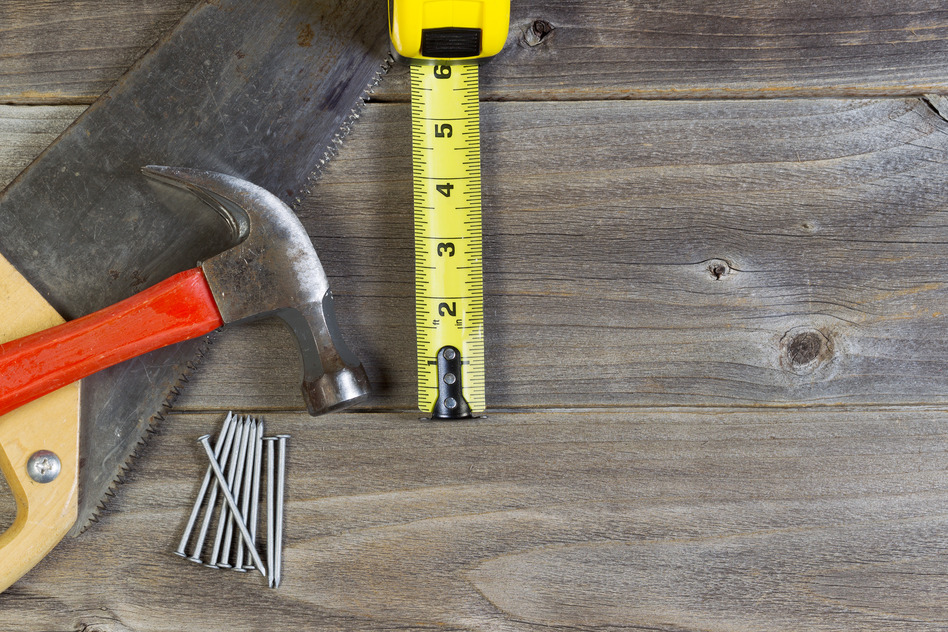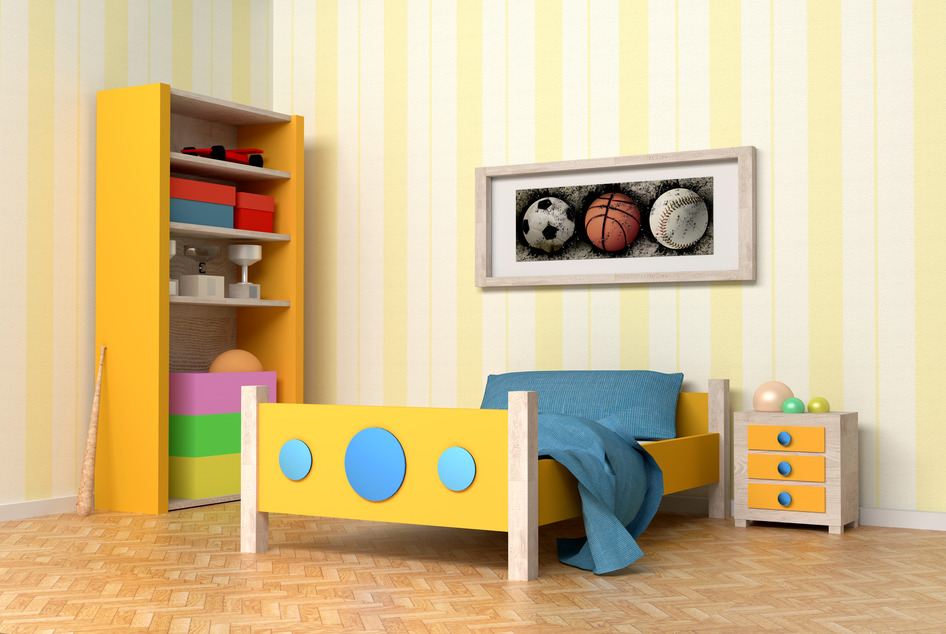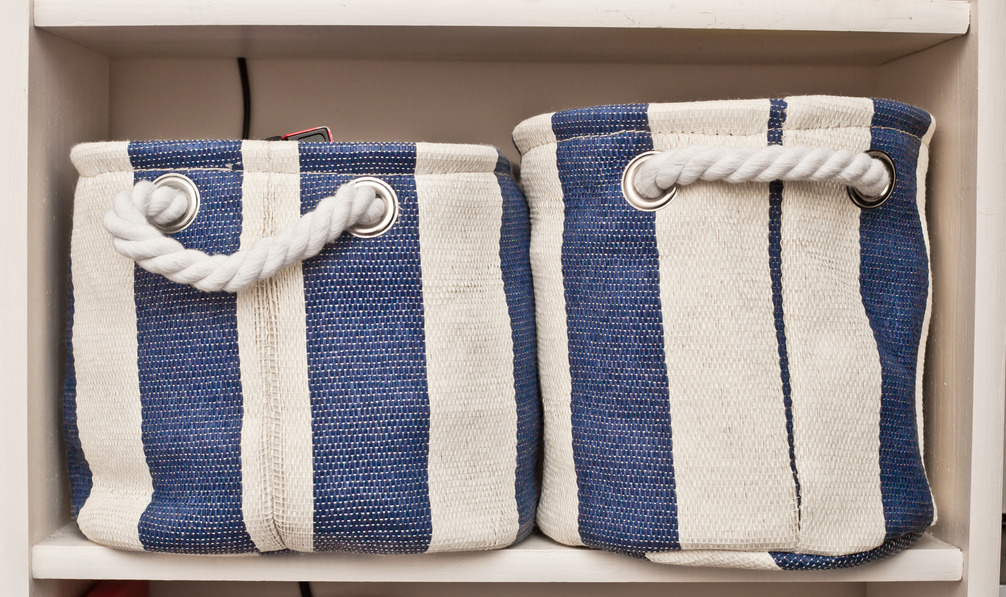In the life of every home, repairs happen. Here are the top 10 most common repairs that, sooner or later, your house will require.
Congratulations on buying your first house. Now, you have to learn how to keep it in good repair. To be safe, you should set aside money every year — 1% to 3% of your home’s purchase price — for repairs and maintenance.
The good news is that most repairs are simple, inexpensive, and DIY-friendly. If you can fix stuff yourself, you’ll only pay for the cost of materials and save a bundle on these common repairs and replacements.
1. Replace Toilet Fill Valves
That annoying sound of water continually filling and draining from your toilet tank is often caused by leaky fill valve, which a plumber can replace, stopping water waste and restoring quiet. Plumber rates vary widely around the country, from $45 to $150 per hour, and the job will take about two hours — the minimum some plumbers require just to take the job.
Labor: $50 to $200
Materials: $11 to $23
Total: $61 to $223
Related: Home Maintenance 101: 7 Things Every Homeowner Should Know
2. Repair a Leaky Faucet
The water torture drip-drip-drip from a leaky faucet won’t just drive you insane, it can drive up water bills, too. Depending on the type of faucet you have, fixes typically involve replacing damaged rubber washers (10 for $2), O-rings (10 for $2), or a faucet cartridge ($8 to $30).
Labor: $95 to $300
Materials: $2 to $30
Total: $97 to $330
Related: The WaterSense Label: What to Look For
3. Replace Ceiling Fan
If you’ve got a ceiling fan, sooner or later the motor will burn out, the blades will warp, and fashions will change, so you’ll need to replace it. Replacing isn’t a big deal, because upgraded wiring, a reinforced ceiling box, and a light switch with ceiling fan controls are already in place. What you’re paying for is an electrician’s time — one or two hours — and a new fixture.
Labor: $50 to $200
Materials: $54 to $1,000 and up
Total: $104 to $1,200
Related: Ceiling Fans: Know the Spin Before You Install
4. Repair Drywall
Nicks, gashes, and smashes inevitably mar your beautiful walls. You’ll have to patch and paint to make them look as good as new. A painter can do both jobs and will probably give you a flat rate that will include patching or filling blemishes, then sanding, priming, and painting.
Painters charge $25 to $62 per hour for labor or $2.68 to $4.60 per square foot including materials. Figure it will take about three hours to repair a wall, including drying time for the patching compound and paint. It’s a good idea to save up painting chores so you have enough to keep a painter busy while repairs cure.
Materials include paint at $12 to $50 or more a gallon, which should cover about 350 square feet; plus another $10 to $50 for brushes, rollers, drop clothes, and drywall patching compound.
Labor: $75 to $186
Materials: $22 to $100
Total: $97 to $286
Related: Patch a Drywall Hole
5. Repair Cracked Tile
Tile is hard and durable, but drop something heavy on it and it’s likely to crack — a reason to always order more tile than you need so you’ll always have spares. To replace cracked tiles, a handyman must pry out the damaged tiles, scrape away old fixative, re-glue new tiles, and spread new grout. Replacing a 2-foot-by-2-foot section of tile should take one to two hours, not including the drying time required for the adhesive to set.
Labor: $30 to $125 per hour; with possible $150 to $350 minimum charge for a handyman
Materials: $1 to $20 per square foot
Total: $34 to $430
Related: Smart Tips for Choosing Bathroom Flooring
6. Replace Caulk Around Tubs, Sinks, and Showers
Caulk is the waterproof seal around sinks, tubs, and showers that prevents moisture from seeping through gaps and onto drywall and flooring. When caulk cracks or peels, it should be replaced immediately to prevent mold and rot.
A handyman can dig out old caulk around a tub and reseal with new in about an hour.
Labor: $30 to $125 per hour; with possible $150 to $350 minimum charge for a handyman
Materials: $1 to $4 for a tube of bathroom caulk
Total: $31 to $354
Related: How to Remove Caulk
7. Fix Gutters
Gutters and downspouts carry water from rain and snow away from your house and onto the ground. Sometimes the weight of wet snow and soggy leaves puts too much pressure on gutters, causing them to pull away from the house or pitch at inefficient angles.
A gutter contractor will clean gutters, and replace or reinstall supportive hardware and hangers. To restore the correct pitch, the contractor must detach and reattach each gutter section.
Labor: $127 to $282 (depending on length of gutter)
Materials: $10 for five hangers; $6 to $9 for gutter sealant
Total: $143 to $301
Related: How to Unclog a Gutter
8. Fix Out-of-Alignment Doors
Over time, your house moves as its foundation settles and building materials expand and contract with changes in humidity. The movement often is noticed when doorframes shift slightly, causing hinges to creak and doors to not shut properly.
Adding wooden shims to frames and hinges can bring doors back into alignment and let them easily open and close once again. Replacing worn-out screws with longer screws helps secure hinges tightly.
A handyman can fix a door in about an hour. Materials will include shims and screws.
Labor: $30 to $125 per hour; with possible $150 to $350 minimum charge for a handyman
Materials: $5
Total: $35 to $355
Related: Cool Improvements: Replacing Your Interior Doors
9. Repair Ice Damming
If your house isn’t insulated correctly or your roof isn’t designed correctly, melting roof snow can run off and freeze around roof edges. Eventually, this can form an ice dam that creeps up your roof, damaging shingles and forcing melting water into your home.
One popular solution to ice damming is to install a heating cable along the roof’s edge, which warms the area and prevents freezing. It’s not a DIY job. Roofing contractors will install the cable, and an electrician will install outlets that will juice up the cable. If you want a thermostat to turn the cable on and off automatically, that’ll be extra, too.
Labor and materials: $30 to $60 per linear foot
Total: $371 to $1,319 (average job cost)
Related: How to Prevent Ice Dams
10. Fix a Faulty Light Switch
Sometimes you turn on the light but nothing happens; or sparks crackle, and the light turns on. It’s disconcerting, but most likely it’s an easy fix. An electrician will turn off the power, take off the faceplate, check and perhaps tighten wires; or replace the switch. All told, it will take less than an hour.
Labor: $50 to $100 per hour
Materials: $1 to $6 for a single pole light switch
Total: $41 to $106






